by Mike Gulett –
The Bizzarrini GT 5300 stands as one of the most captivating and influential GT cars of the 1960s—a car born from ambition, racing heritage, and the spirit of its creator, Giotto Bizzarrini. Produced in low numbers, the GT 5300 still left an indelible mark on the car world. It fused Italian design with American power in a package that was both beautiful and fast.
The GT 5300 was the product of Giotto Bizzarrini’s ambition to build a car that was an uncompromising blend of race engineering and grand touring refinement. Bizzarrini had already established his credentials as a visionary engineer at Ferrari, where he played a major role in developing the legendary Ferrari 250 GTO (today the most valuable production car in history). Following a tumultuous internal struggle at Ferrari that led to the exodus of several key executives—known as the “Palace Revolt”—Bizzarrini went on to collaborate with other carmakers, including Iso and Lamborghini.
At Iso, Bizzarrini took on the job of developing a high-performance sports car to compete with Ferrari. The result was the Iso Grifo A3/C, a race-bred machine that would evolve into the Bizzarrini GT 5300 when Giotto broke away from Iso to form his own company, Bizzarrini S.p.A. in 1964. The GT 5300 was a continuation of the A3/C, rebadged under the Bizzarrini brand.
The GT 5300 was an engineering tour de force, particularly for its era. The car’s long, low body (43 inches from the ground to the top of the roof)—penned by Giorgetto Giugiaro at Bertone—was as functional as it was arresting. The aerodynamics of the GT 5300 was ahead of its time and is one demonstration of the genius of Giotto Bizzarrini. Every air vent, every opening and every body contour on the Bizzarrini GT 5300 is there for a purpose and that purpose is to win races. It also just happens that it is beautiful to look at as well.
With an aluminum body, the GT 5300 featured a semi-monocoque chassis and lightweight body panels, contributing to its competitive curb weight of around 2,500 pounds. It also had gas tanks in the door sills in addition to the main tank behind the driver and passenger. This arrangement was used for weight distribution purposes while racing and certainly not for street driving. Most GT 5300s used in historic racing today have had these door sill gas tanks removed for safety reasons.
Under the hood was a 5.3-liter Chevrolet Corvette 327 cid V8, hence the car’s “5300” designation. This American engine was chosen for its durability, performance, and availability. Tuned to produce over 340 horsepower in road-going form—and significantly more in racing trim—the engine was mounted far back in the chassis, front mid-engine, for improved weight distribution. It was so far back that a panel on the dashboard (inside the car) was used to access the distributor cap. With a top speed of over 170 mph and 0-60 acceleration in under 6 seconds, the GT 5300 was a match for any supercar of that time.
The suspension, consisting of double wishbones at the front and a De Dion setup in the rear, was tuned for high-speed stability and cornering precision. Combined with disc brakes on all four wheels (with the rear being in-board), the GT 5300 offered formidable performance on both road and track.
Thanks to Bizzarrini’s race heritage the street versions of the GT 5300 were race cars in disguise. But it was in competition that the car truly earned its place in history. In 1965, an Iso/Bizzarrini A3/C—essentially identical to the early GT 5300—won its class and placed 9th overall at the 24 Hours of Le Mans – reaching nearly 190 mph on the long Mulsanne Straight. This was a remarkable achievement for a fledgling manufacturer going up against the might of Ford, Ferrari, and Porsche.
The Bizzarrini GT 5300 was never a commercial success. Fewer than 150 examples were produced between 1964 and 1968, and Bizzarrini S.p.A. would eventually go bankrupt. Yet the car’s rarity and pedigree have made it a legend among collectors and enthusiasts. It occupies a special place in the pantheon of 1960s sports cars—more exclusive than a Ferrari, more exotic than a Corvette, and purer in purpose than many of its contemporaries.
What truly sets the GT 5300 apart is its embodiment of a unique moment in automotive history: the intersection of European design and American muscle. Long before hybrid powertrains or multinational collaborations became common, the GT 5300 showed what could be achieved by combining Italian artistry and race engineering with American power and pragmatism.
The Bizzarrini GT 5300 is significant not because of mass production or financial success, but because of what it represents: the genius of Giotto Bizzarrini and the purity of a machine designed without corporate interference. It is a car that dared to be different because of the vision of Giotto Bizzarrini, a car that still turns heads and wins hearts six decades later.
In a world increasingly dominated by algorithms and committees, the GT 5300 remains a symbol of individual brilliance and racing passion—an icon of the golden age of motoring.
Let us know what you think in the Comments.
Watch the video below on full screen, click on the arrows to the left of ‘Vimeo’ in the lower right corner and then click the play triangle in the lower left corner. Be sure the sound is on, yes there is music and engine sounds.
Research and some writing by ChatGPT 40. All photos and video by Mike Gulett.
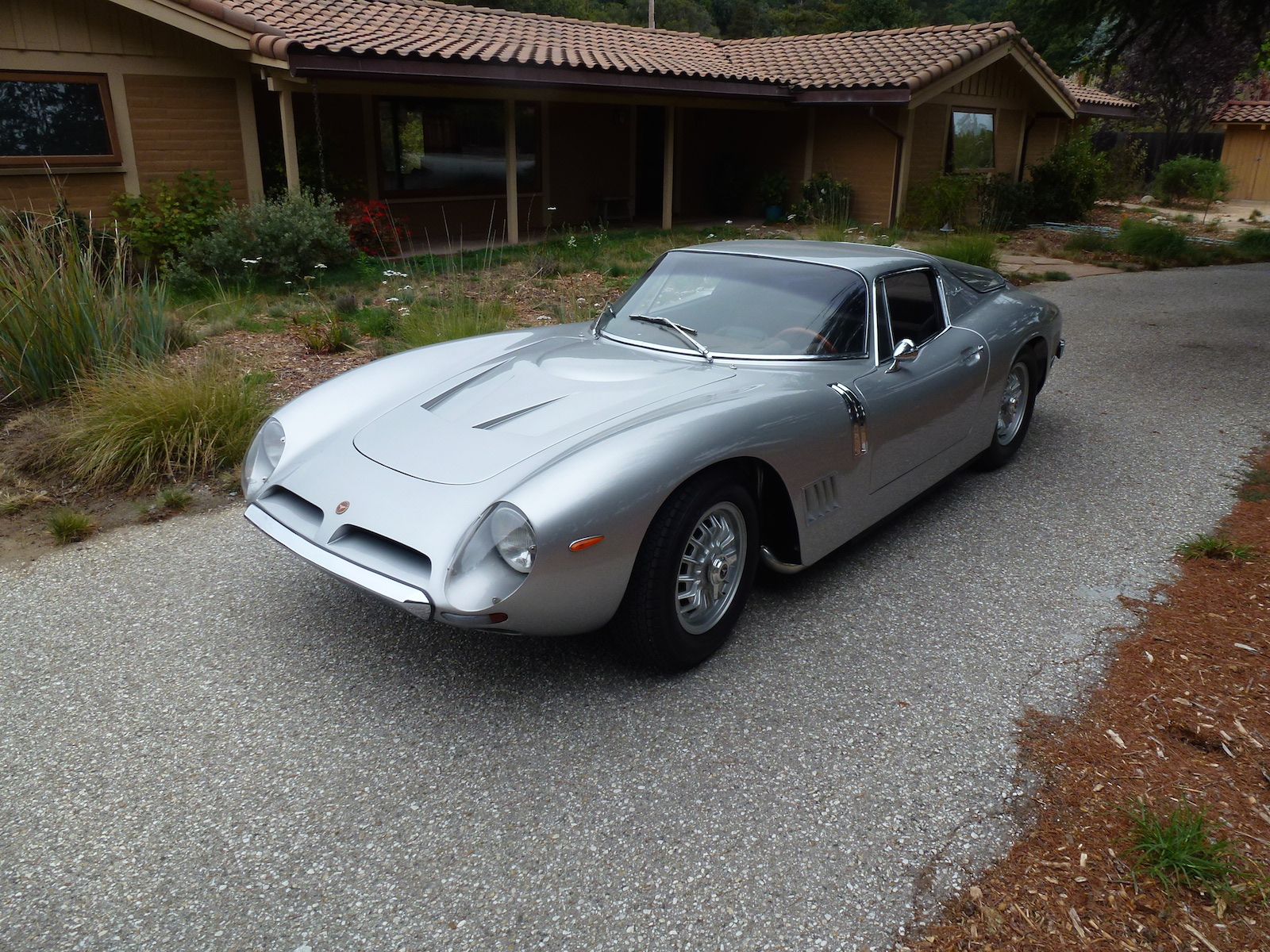
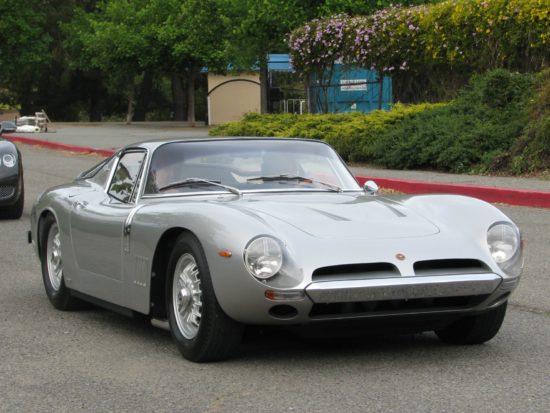
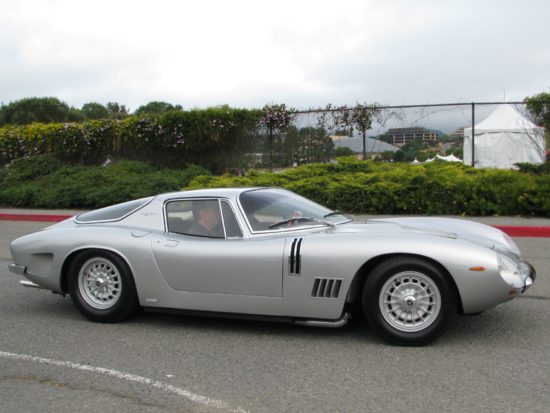
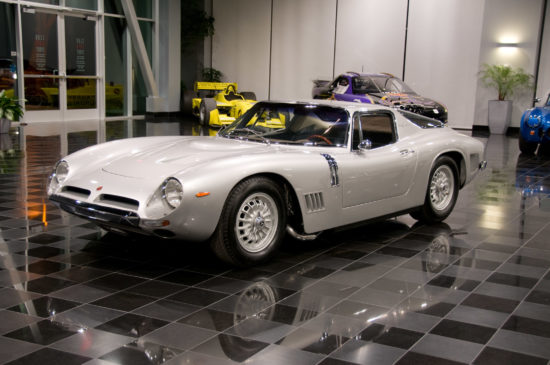


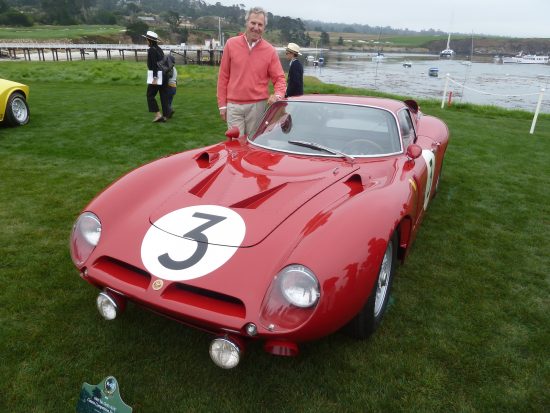
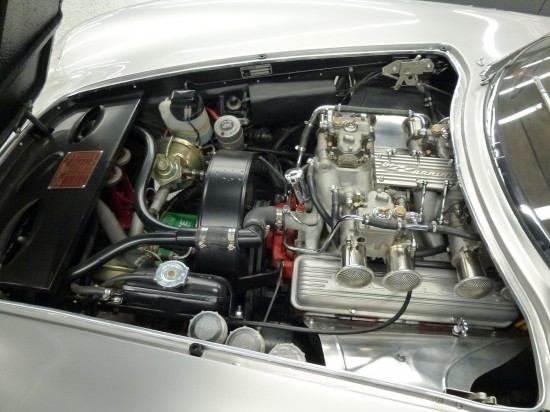
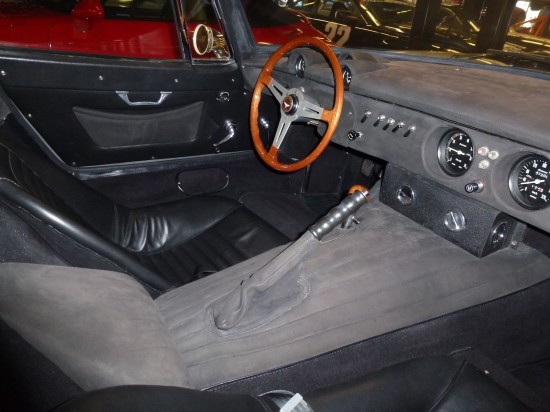
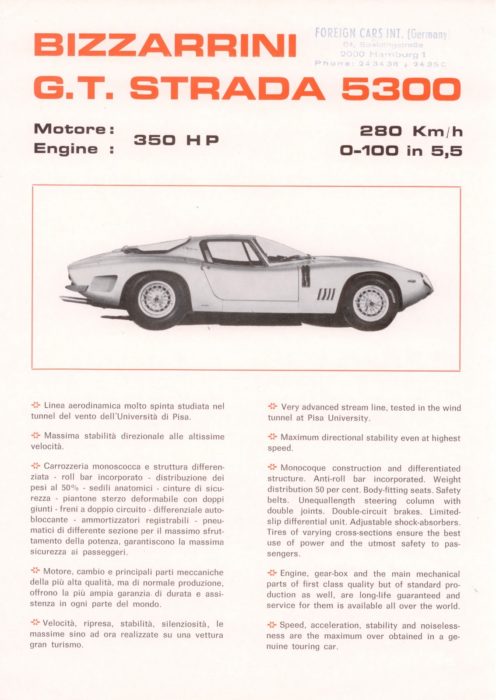
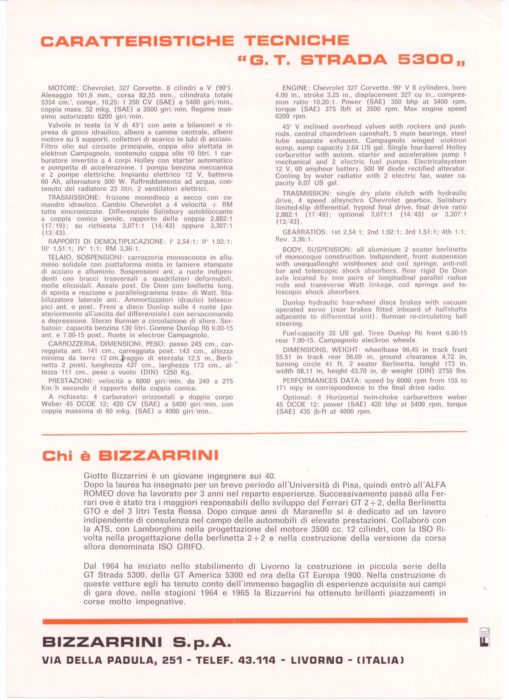

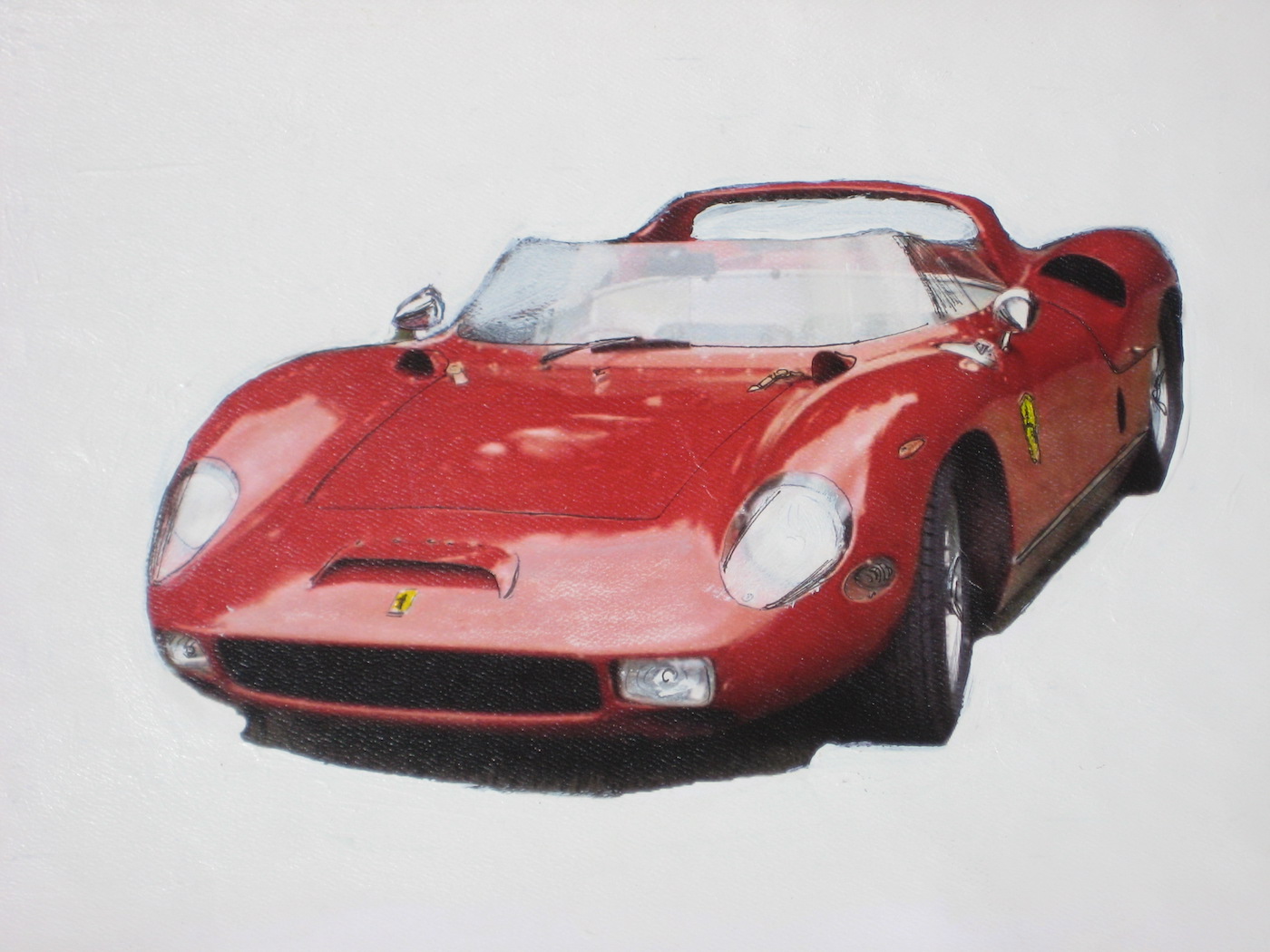

Thanks for sharing…and so true. The Bizzarrini story is wonderful and sad. Had he been a better business man and had less of a temper/emotion, he’d be right up there with Enzo, Ferdinand, and Henry.
NEVER LIFT…
Bruce
Nice write up.
As an owner of #IA30254 really I enjoyed the article. The car is absolutely a joy to drive with the 50/50 balance and the Corvette engine that speaks to American muscle in an Italian body. My thanks to Bruce Meyer for talking me into getting one. It was an award winner at Pebble Beach. Nine out of ten people have no idea about the car, but once they see it they never forget it or the story!
Bill,
Thanks for the note. The silver GT 5300 you see in this article is No. 0256 and was in my garage for many years. The two chassis numbers are very close – they possibly were in the Bizzarrini factory at the same time.
Mike, great piece on an historical automotive rarity! What a car! The early 1960s was fertile ground for these Euro-American hybrids: Ghia 450S, Apollo GT, Bizzarrini, Iso Rivolta, Gordon Keeble, and Shelby’s Cobra. I would disagree with Mr. Meyer that Giotto Bizzarrini needed to be a better business man that his lack of acumen led to his downfall. With the exception of the Cobra and Iso, all the others were way underfunded. The Apollo, for example, began with $21,000 of money from family and friends. John Gordon was always looking for money, as were his successors. Not having enough funds for not only getting the business up and running, but the cash flow needed to keep things going every day is what killed these deserving enterprises. Cash is always king and these “left behinds” didn’t have it…
Shelby had Ford’s backing. (Enough said!) Iso was already a successful business with somewhat deep pockets. The others had shoestring budgets and never enough cash flow.
I remember that you had one. I hope you kept it! Best to you